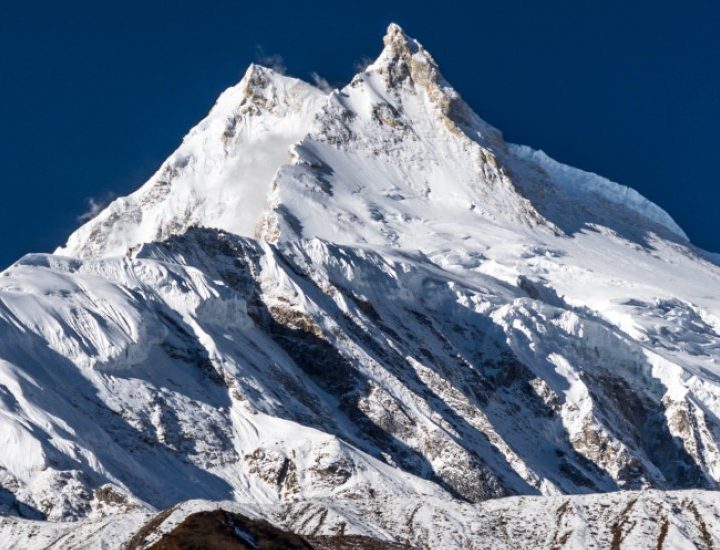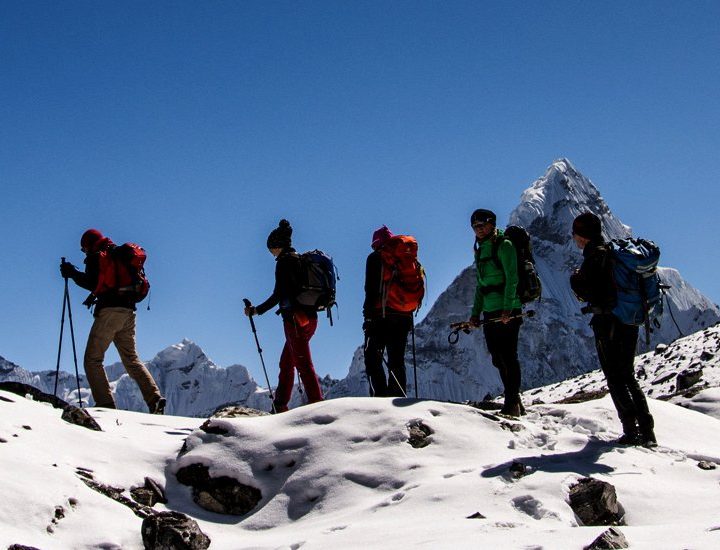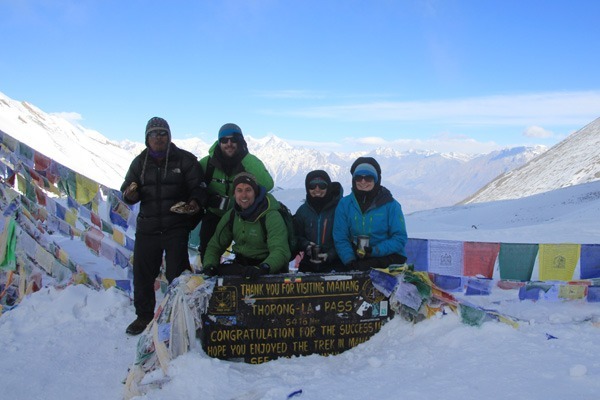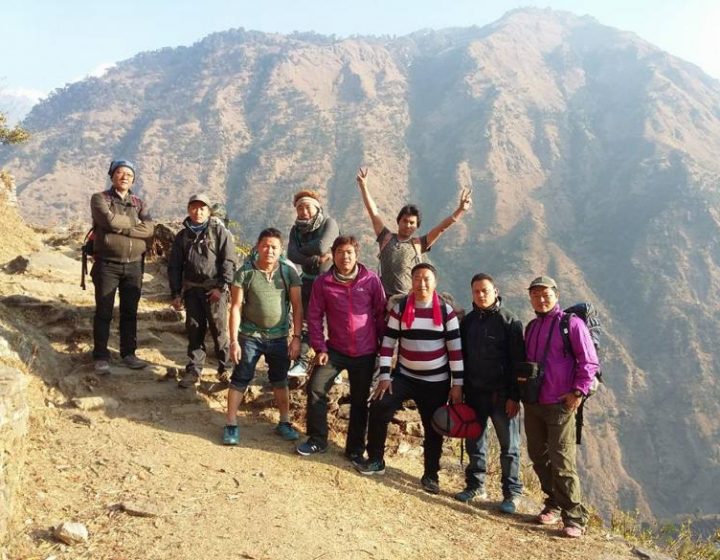
About Nepal
Nepal is a Beautiful Country, In the History of Nepal many years ago it has several small kingdoms. Even in Kathmandu valley, there were three Kingdoms Kathmandu, Patan, and Bhaktapur which is still popular for world heritage site UNESCO. Nepal knows very little about early Licchavi and Thakuri dynasties. The first well-known dynasty, the Malla, was established in AD 1200 and lasted until 1768. King Jayastithi Malla (1382-1395), one of the greatest of Malla kings, established and codified the caste system based on the Indian Model. Another great personality in Nepal’s history was King Bhupatendra Malla (1692-1722), who built the fine Nyatapol temple-pagoda and the Bhadgaun temple.
At that time, Nepal was divided into several small kingdoms, with the valley’s of Kathmandu was three cities, which is still a popular world heritage site is called Kathmandu, Bhadgaun (Bhaktapur) and Patan, fighting and bickering all the time. These skirmishes enabled the Shaha family, from the small kingdom of Gorkha in central Nepal, to become the strongest power in the region. In 1734 Prithvi Narayan Shaha, a born leader became the ruler of Gorkha and launched his campaigns against the three kingdoms. Finally, in 1767 he conquered the valley and unified Nepal. However, battles continued until he died in 1775. Several political intrigues undermined this great dynasty which more or less gave Nepal its present border.
Nepal is Roof Top of The World’s Mt Everest Country
History of Nepal in 1839, Jung Bahadur Rana appointed himself Prime Minister and he and his family virtually ruled Nepal for the next 104 years treating the country as their private estate. The Shaha king’s power was reduced and he became a mere puppet, even though he sat on the throne. For the next century, the Shaha kings were powerless pampered figureheads, indulged and kept out of politics. During this time, Nepal remained in almost total isolation, closed to outsiders.
The Country of Nepal and India’s independence in 1947, pressure grew in Nepal for the Ranas to reform the government. Suddenly in 1950, King Tribhuvan fled to India, bringing a series of trouble upon Nepal. The end of the Rana regime was in sight. In 1951, King Tribhuvan returned to Nepal and within a year had taken control again of the country. After his death in 1955, his son king Mahendra ascended the throne. In 1958, he organized the country’s first free election and later established the first Constitution. However, democracy brought new frictions to the country and in 1962, king Mahendra resumed near control of the government. The Constitution text amended in 1980 and is still in used since Birendra Bir Bikram Shaha Dev became king on 31st January in 1972, and remains on the throne since 1991 as a constitutional monarch of a democracy.









